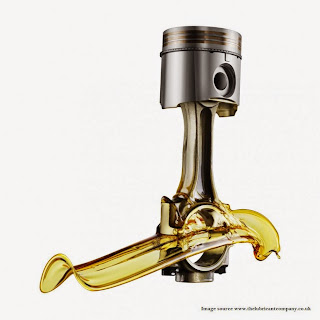Defibrillator Market : Emerging Market Trends, Opportunities and Business Insights
A defibrillator is a device that monitors the heart rhythm and delivers electric shocks upon detecting an abnormal heart rhythm to restore the normal heart rhythm. The device plays an important role in the management and treatment of sudden cardiac arrest. The global Defibrillator Market growth is mainly driven by the rising prevalence of target diseases, growing focus on providing public-access defibrillators, and training and awareness programs on defibrillators. In addition, emerging markets and the development of S-ICDs and MRI-compatible ICDs CRT-Ds are expected to offer growth opportunities for players in the defibrillators market.
According to research report the global defibrillator market size is expected to reach USD 18.2 billion by 2026 from an estimated USD 11.4 billion in 2021, at a CAGR of 9.7% from 2021 to 2026.
The market segmentation is devided by Product Type (Implantable Cardioverter Defibrillator and External Defibrillator), Patient Type (Adult, Pediatric), End Users, and Region(North America, Europe, APAC, Latin America MEA)
Download PDF Brochure: https://www.marketsandmarkets.com/pdfdownloadNew.asp?id=549
- Based on type, the defibrillators market is broadly segmented into implantable cardioverter defibrillators (ICDs) and external defibrillators. Implantable cardioverter defibrillators (ICDs) are small battery-powered, programmed electronic devices used to monitor and correct abnormal heart rhythms. These devices are placed in the chest or abdomen of a patient with thin wires of ICD connected to the heart, which delivers electric shocks to restore the normal heart rhythm when the ICD detects an abnormal heartbeat. The ICDs segment accounted for a share of 71.5% of the global defibrillators market in 2020. The large share of this market segment can be attributed to the increasing prevalence of cardiovascular diseases and the development of technologically advanced defibrillators.
Based on product type, the defibrillator market is segmented into Implantable cardioverter defibrillators (ICDs) and External defibrillators. ICDs is further divided into transvenous implantable defibrillators and subcutaneous implantable defibrillators, whereas external defibrillators is divided into manual aed, fully automated aed and wearable defibrillator.
Based on patient type, the defibrillators market is segmented into adult and pediatric patients. The adult patients segment dominated the global defibrillators market with a share of 59.5% in 2020.
- On the basis of region, the defibrillator market is segmented into North America, Europe, Asia Pacific, Latin America, and the Middle East Africa. The Asia Pacific region is expected to register the highest growth during the forecast period. The Asia Pacific is segmented into China, India, Japan, South Korea, Australia, and the Rest of Asia Pacific, including Malaysia, Taiwan, Singapore, and New Zealand.
The competitive landscape includes the analysis of the key growth strategies adopted by major players between 2018–2020 to expand their global presence and increase their market shares in the defibrillator market. The key growth strategies adopted by the top players in the market include product launches approvals, mergers acquisitions, collaborations, partnerships, and agreements. Product approvals and launches were the most widely adopted growth strategies by market players in the last three years to garner a larger share of the market. The defibrillator market is dominated by Medtronic (Ireland), Stryker Corporation (US), Koninklijke Philips N.V. (Netherlands), Asahi Kasei Corporation (Japan), Boston Scientific Corporation (US), Abbott (US), Nihon Kohden (Japan), MicroPort (China).
Opportunities for players:
Emerging
markets offer significant growth opportunities for players in the
defibrillators market, owing to the rising incidence of cardiovascular
disease and improving healthcare infrastructure in these countries.
According to a research study published by the American Heart
Association, annual cardiovascular events in China are projected to
increase by more than 50% from 2010 to 2030. Similarly, cardiac ailments
killed approximately 28% of Indians in 2016, double the numbers
reported in 1990 when heart diseases caused 15% of the total number of
deaths.
To leverage the high growth opportunities for
defibrillator devices in emerging markets, manufacturers are
strategically focusing on expanding their presence in these countries.
For instance, in May 2016, Medtronic opened its Asia Pacific
headquarters in Singapore to support operations at 80 locations in this
region. In January 2016, Nihon Kohden Corporation established its sales
subsidiary, Nihon Kohden Mexico S.A. de C.V., in Mexico to provide sales
and aftersales support for the company’s products and services.
Request For Sample Pages: https://www.marketsandmarkets.com/requestsampleNew.asp?id=549
Contact:
Mr. Aashish Mehra
MarketsandMarkets™ INC.
630 Dundee Road
Suite 430
Northbrook, IL 60062
USA : 1-888-600-6441
sales@marketsandmarkets.com

Comments
Post a Comment